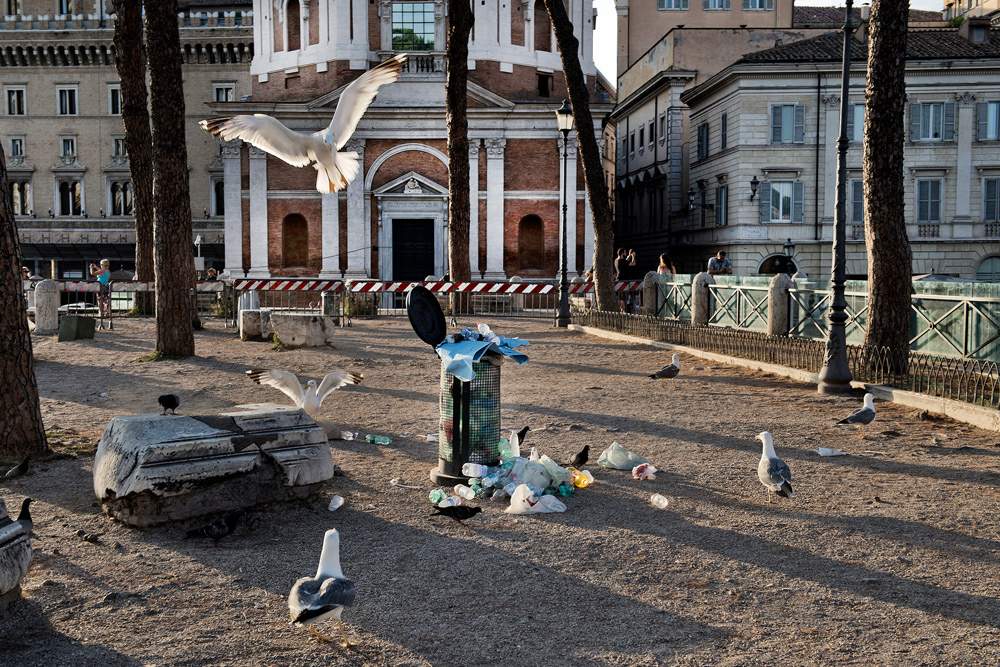The New York Times v. Rome: seagulls reign in the city
The New York Times’ correspondent in Italy, Jason Horowitz, wrote an article last Sept. 4 that presents Rome from an unusual point of view: that of the seagulls that, by the thousands, now reign in the city causing numerous problems of coexistence with citizens and tourists. A problem that adds to those that have given all administrations a hard time over the years: the degradation of parks, squares and streets, potholes, garbage, and public transportation. Accomplice also to neglect, seagulls have begun to invade the historic center.
“The gull population in Rome,” Horowitz points out, “has grown in recent years touching tens of thousands, according to some experts” (although the article does not name experts). This is the species of Larus michahellis, which usually lives on the coasts feeding on the fish it finds in the sea, but which does not disdain the interior, where it feeds on what it finds among the garbage, and also on pigeons, starlings, bats and other smaller animals. Not to mention the fact that herring gulls are long-lived animals, very territorial, aggressive, and endowed with a great spirit of adaptation: they can nest on city roofs, in bell towers, and even, of course, among ancient Roman ruins. And their incursions often harm citizens and tourists: they litter by entering homes (or, more simply, by simply stationing themselves on balconies and windowsills), they pounce on unsuspecting tourists, and they leave conspicuous traces of their passage on buildings and monuments.
And of course, seagulls result in image damage to the city. In short: another headache for the already troubled summer of Roman tourism, as well as a problem for the Raggi administration to solve.
Photo: Stefanie Gengotti for The New York Times
 |
| The New York Times v. Rome: seagulls reign in the city |
Warning: the translation into English of the original Italian article was created using automatic tools. We undertake to review all articles, but we do not guarantee the total absence of inaccuracies in the translation due to the program. You can find the original by clicking on the ITA button. If you find any mistake,please contact us.



























